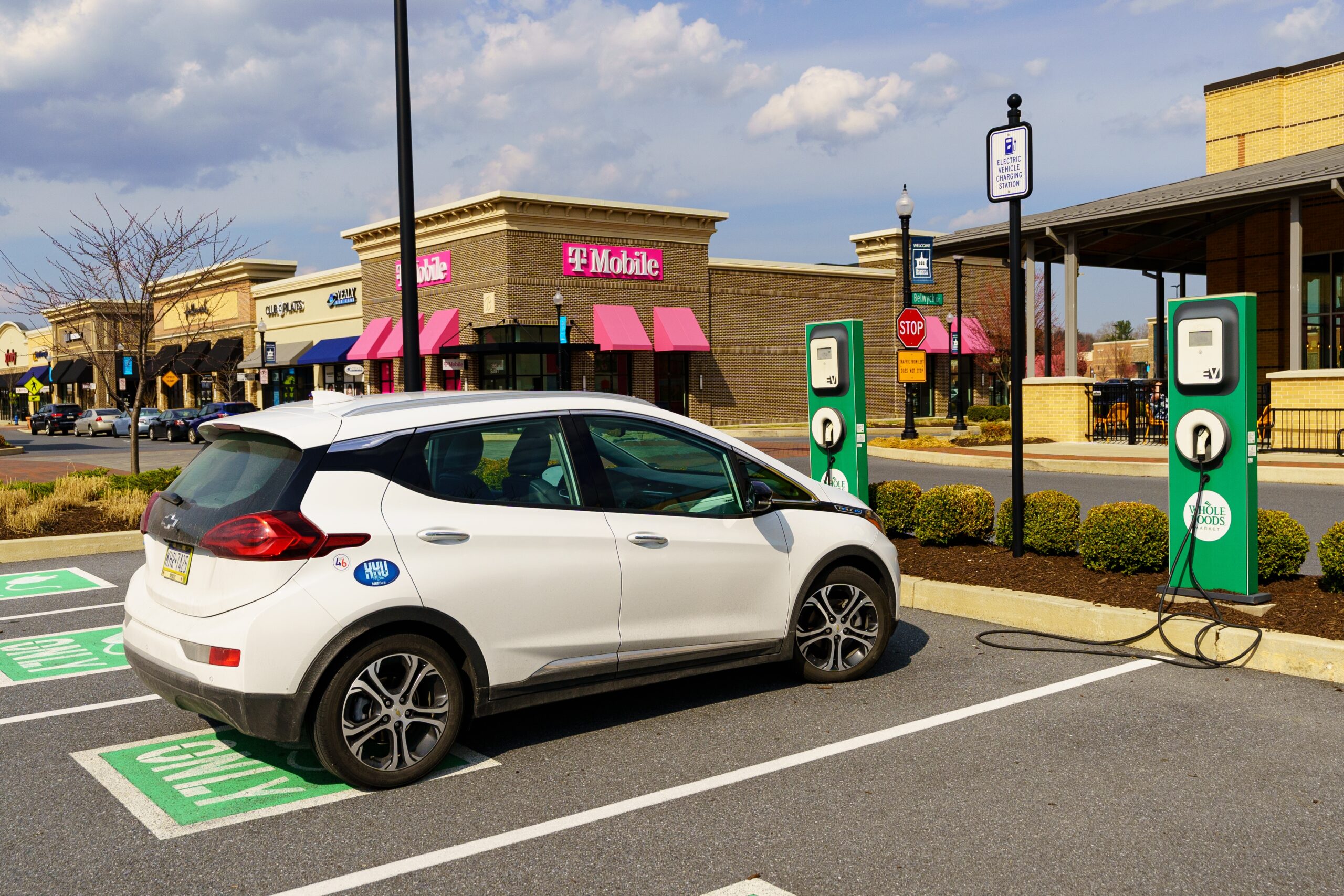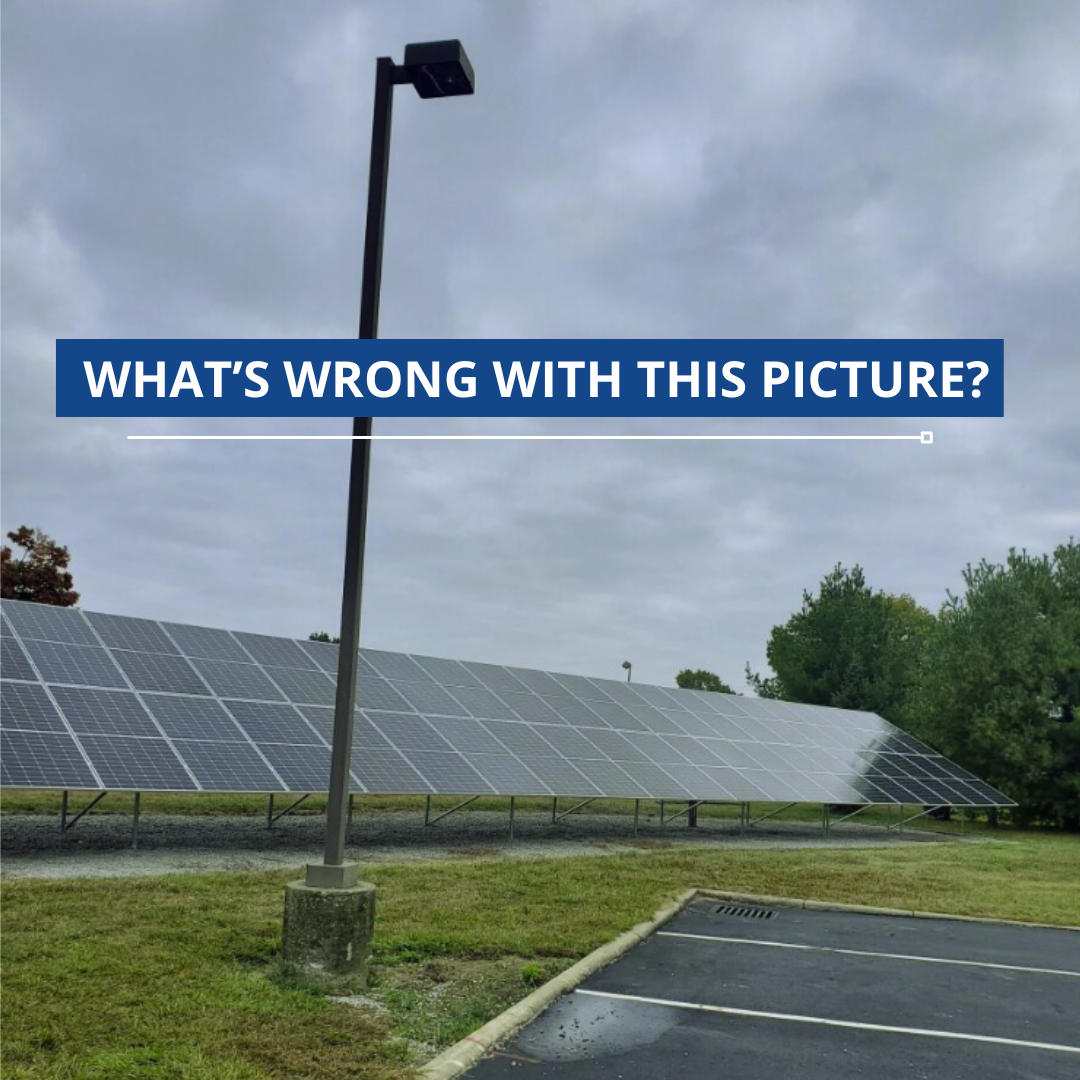
As an 18-year resident of Houston and someone who moved here to escape the cold weather of the northeast, you can imagine my disappointment with having to endure sub-zero wind chills this past week in a city that rarely falls below freezing. Had that been the only thing unpleasant about this past week I would have been just fine with it however beginning at 6:37am on Monday 2/15, I became one of the 4 million plus electricity customers in Texas to be disconnected from the power grid. Hoping that ERCOT would get the situation under control quickly proved to be just that, hope. During my time in Houston, I have lived through a handful of hurricanes flooding events from non-hurricane rainstorms (eg. Tax Day 2015), and a few other bouts of abnormally cold weather. The aftermath from the cold temperatures this week rival the worst of any of those previous events.
Having spent my entire adult career in the energy business, a large chunk of that in the Texas deregulated market working for the largest power generator in the state, I became consumed with reading the articles that many were writing during the past week. Many lay out some key facts but fall short when they use their keyboard to further their political agenda. Spoiler alert – in the words that follow I am not going to blame the renewable energy sector and call for a roll back of our states’ leading position in renewable energy production, one I am actually very proud of. Also, I am not going to blame the thermal energy sector – nuclear, coal, natural gas, and oil fueled generation units. These power plants are necessary to maintain the outstanding grid reliability we all enjoy in TX and serve their purpose at keeping our electricity prices some of the lowest in the United States.
This storm created weather conditions that were not properly planned for and sent a train barreling down the tracks towards all out disaster. I have read many reports, and I believe their truthfulness, that ERCOT was literally minutes away from the entire power grid collapsing which could mean weeks or months until our power was restored. The only tool left in the toolbox for ERCOT at 1:25am on Monday 2/15/2021 was to order the transmission and distribution companies to immediately begin firm load shedding activities. The reason for this drastic measure, which is the absolute last step on the emergency response playbook, was not the cold weather. It was a fundamental flaw in the underlying design of our market. Incenting generators only when they produce electricity and not penalizing them when they do not.
Texas is an “energy-only” market meaning if you were a power plant owner you only collect revenue upon being dispatched by ERCOT and producing electrons that go onto the grid for consumption by customers. Given that under almost any modeled situation, weather or otherwise, Texas has more than enough generation to meet our demand obligations, there is no incentive for a power plant owner to make investment in their current infrastructure nor is there any incentive for someone to build a new power plant. Other deregulated markets such as PJM, operate as a “capacity market” meaning generators are paid to be available when dispatched and are penalized when they are not able to perform. It is sort of an insurance policy that is recovered through all customers in that particular ISO area.
I have read articles and had conversations with people in my network over the past week about what can be done for next time. The answer is very little unless we have a complete overhaul of the market to a capacity market. Power plant operators may make some investments to harden their infrastructure on their own following this event having missed out on a tremendous amount of money as the real-time price for electricity spiked to the limit of $9,000 per MWh when it usually averages around $30 per MWh. Those who were not able to produce only faced an opportunity cost loss not a real loss. The lost revenue opportunity for a typical 600MW natural gas plant at the height of the crisis was essentially $5,400,000 per hour = $9,000 per MWh * 600 MW. This same plant under normal conditions earns about $18,000 per hour. That lost revenue may be enough to entice some however if more units were online, it is unlikely prices would have spiked to the cap and stayed there for hours and hours thereby making it more difficult to recover the investment.
Without a carrot there can be no stick. The TX Legislature is in session now and I assume taking up legislation aimed at preventing a near systemwide collapse will be added to their agenda. I hope my elected officials take their time and do the right things long-term for Texas.












